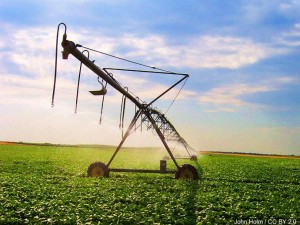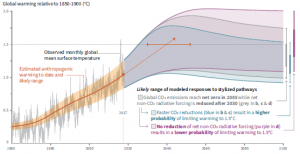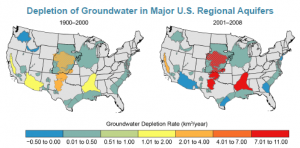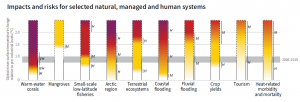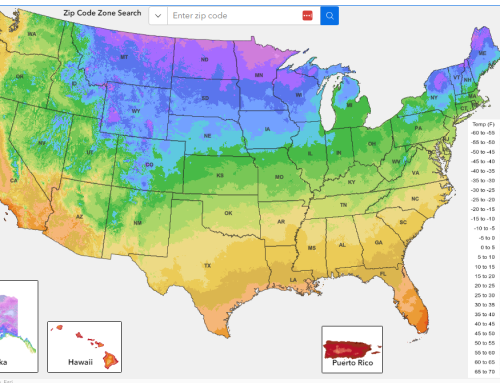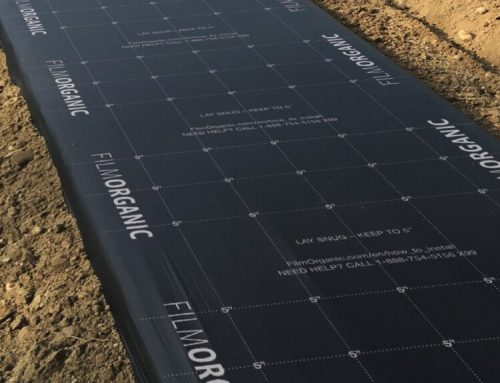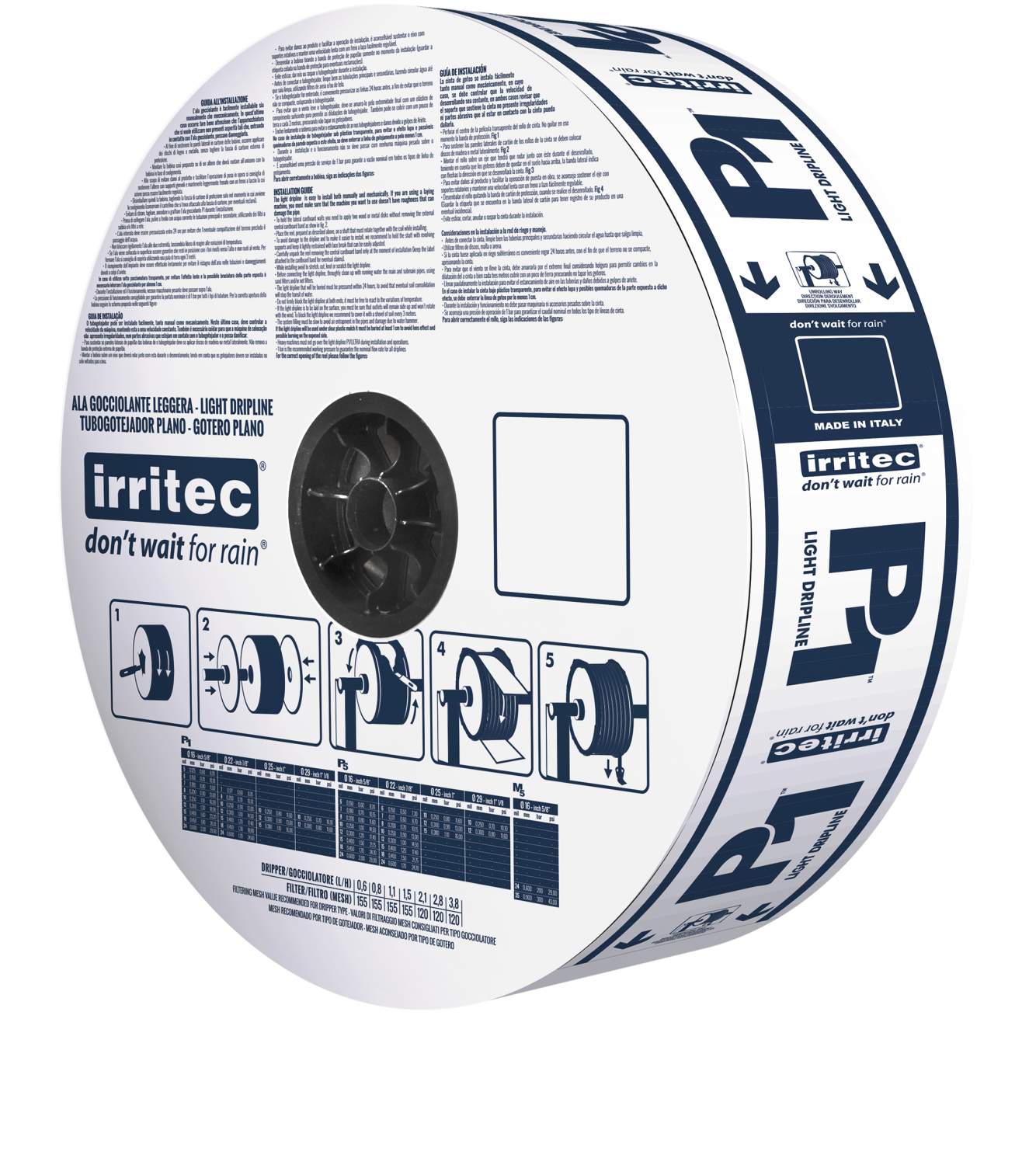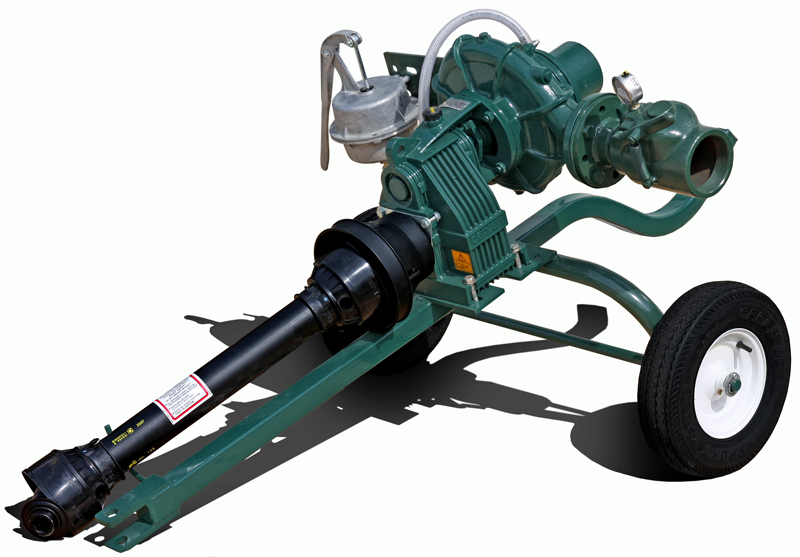The U.S Global Change Research Program delivers a report to the Congress, and the President, every four years, that analyzes the effects of global change in several aspects such as energy production and consumption, agriculture, social systems, and biological diversity. Data was collected and reported in 2014 and most recently, in 2018. The results indicate that agriculture must be prepared to meet more and growing uncertainty.
How is climate change affecting agricultural irrigation?
Rising water and air temperatures are directly affecting the availability of water in many regions of the US. The depletion of groundwater resources in the United States’ largest regional aquifers has exceeded previous records from the Twentieth Century in less than 10 years. The Colorado River basin has been reduced by half since 2000. This is especially disturbing in areas where groundwater pumping is required to meet the demands of livestock, crops for livestock, and growing essential foods that are not only sold as international commodities, but also feed the US population.
Over the past four years farmers have noticed changes in the relative amounts of rainfall, and the timing of rainfall. Many have found drought conditions, inadequate quantities of water at the time of rainfall, shorter rainfall duration, and less frequent rains.
Droughts caused $5 billion in damages across the Southwest and Northwest in 2015 and thousands of acres of farmland remained fallow. Then, in 2017, an extreme drought caused $2.5 billion losses in agricultural damages along with field crops that were severely damaged in the Northern Great Plains.
Flash droughts have also spread in many regions of the Northern Great Plains. These droughts had a nationwide impact that in 2012 alone, exceeded $33 billion.
Alternatively, heavier than normal rains, damaging storms, and floods are also notably more problematic. Reports of soil erosion and nutrient loss occurring during heavy storms in the Midwest farm belt, suggest the problem is getting worse.
During the hurricane season in 2017, over $250 billion were lost in damages and over 250 lives were lost in the Southern Great Plains, Southeast, and the US Caribbean. Also, more than 30 inches of rain fell during Hurricane Harvey affecting the lives of almost 7 million people. Hurricane Maria also caused extreme devastation to Puerto Rico’s transportation and energy infrastructure with over 37 inches of rain that fell across the island causing floods and mudslides everywhere.
2016 was a historical year for floods across Louisiana. Nearly 20 to 30 inches of rainfall devastated a large area of the State and caused over $10 billion in damages. Many properties were destroyed during this natural disaster, representing 50,000 homes, 100,000 vehicles, and 20,000 businesses. West Virginia also suffered during that year with many floods that damaged thousands of homes and cost many lives.
Water is not the only factor that affects irrigation when examining climate change. Research indicates that increased high temperatures are a growing concern. These extreme hot weather conditions are not only becoming worse in duration and occurrence of high heat, but also the intensity or extreme levels of heat that are occurring in new or unusual locations. The damages to crops and livestock are difficult to stop. Researchers believe that increased high temperatures and shifting precipitation patterns will radically intensify wildfires, accelerate the depletion of water supplies for irrigation, and probably expand the incidence of pests or diseases for crops and livestock.
The National Oceanic and Atmospheric Administration (NOAA) estimates that the United States has experienced 44 billion-dollar weather and climate disasters since 2015 which all represent an approximated cost of $400 billion.
Heat stress from these extremely high temperatures have had devastating effects on livestock and crops. Large economic losses for the producers of dairy, beef, swine, and poultry are predicted to occur, and as the reports indicate, are already occurring. Livestock fatalities are a devastating loss to the farm owner.
In the Southern Plains, dairy farmers are also seeing a reduction in milk production from heat stress, which is projected to steadily get worse under the current conditions. The increased demand 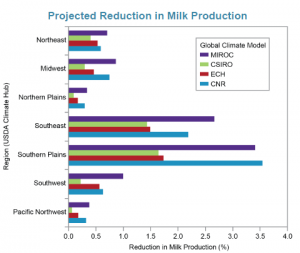
Plants are also requiring increased water for cooling in high temperatures to control plant damage from heat stress and evaporation. Drip irrigation, timers, flexible plastic pipes, and sensors are essential to maximize efficiency in water dispensing. Atmospheric conditions and soil moisture levels are necessary to measure in order to respond to the unpredictability climate change is causing in weather patterns and precipitation. Planning watering to be reduced when the plant needs it the least and increased when the plant growth requires it the most is a growing area of study across all applications. Finding new ways to reduce the amount of water required to produce a healthy crop is a mandatory focus for the modern farmer.
For more information about irrigation best practices download this publication offered by the Congressional Research Service Irrigation in U.S. Agriculture: On-Farm Technologies and Best Management Practices . Megan Stubbs, Specialist in Agricultural Conservation and Natural Resources Policy, October 17, 2016. Congressional Research Service 7-5700 www.crs.gov R44158


